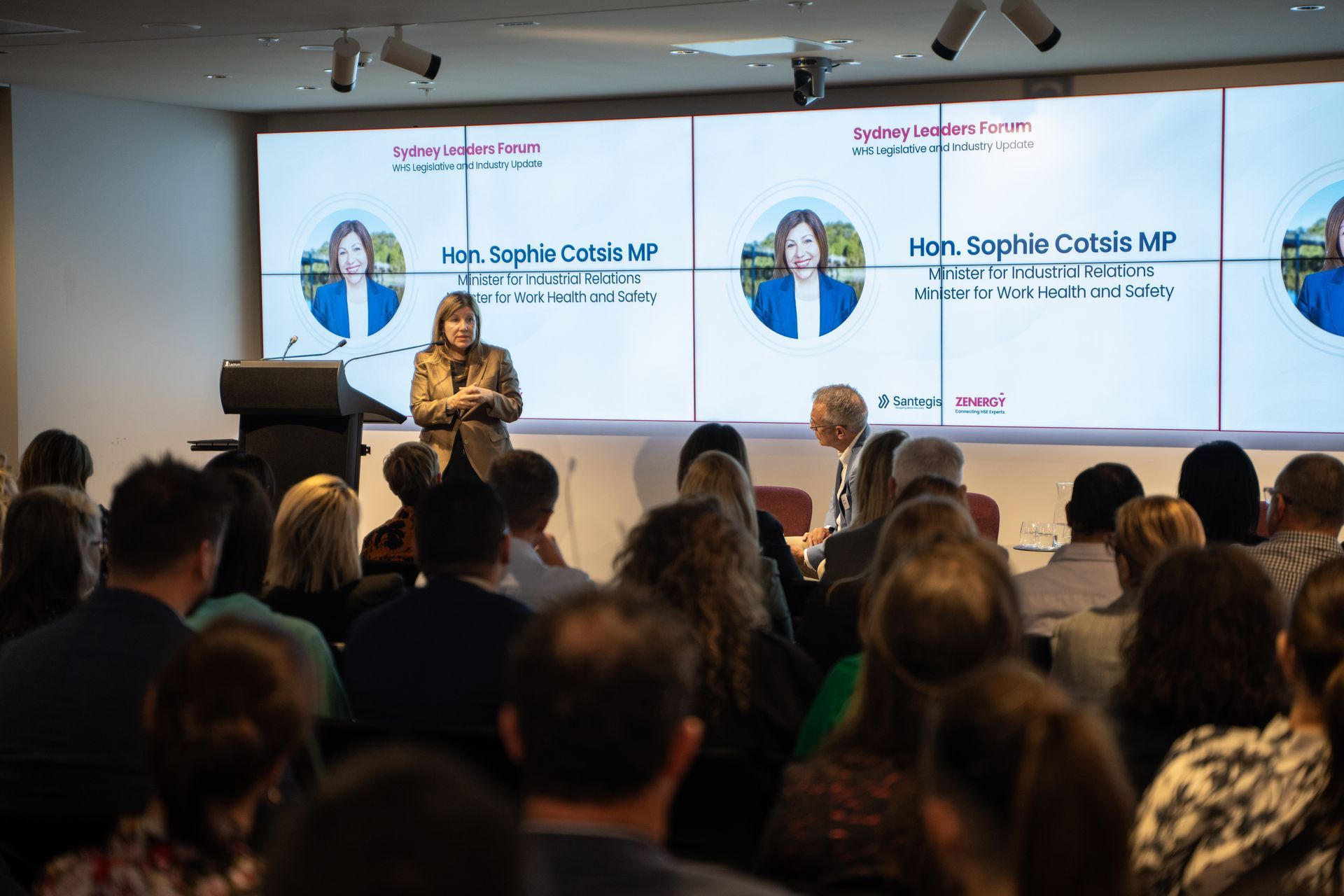WorkSafe Issues Safety Alert Following Worker's Injury from Incomplete Scaffolding Fall
Safety Alert Issued Following Worker's Injury in Incomplete Scaffolding Fall

WorkSafe Victoria recently issued a safety alert reminding employers, principal contractors and supervisors about the deadly risks associated with working on incomplete scaffolds.
Background
The alert was issued following an incident in which a worker was seriously injured after falling from scaffolding at a residential construction site.
The injured worker was doing rendering work on the top level of the scaffold before they fell. The scaffold was incomplete, was missing planks, guard rails, mid rails and ties, and also had loose planks and excessive gaps between the scaffold and the building.
Safety issues
Falls are a leading cause of fatalities in the construction industry, according to the alert, which said falls often occur as a result of inadequate or incomplete fall prevention. Accessing and working from incomplete scaffolds can expose workers to a fall from height that could result in fatal injuries.
The alert recommended a number of ways to control risks
During scaffold design and erection duty holders need to make sure:
- An engineering design has been produced for where containment sheeting (e.g. shade mesh) or hoarding is affixed to scaffolding.
- For complex scaffolds, design drawings are produced by a suitably competent structural engineer or the scaffold supplier and scaffolding is erected in accordance with the design.
- Scaffolding is constructed on a stable surface or solid ground that is capable of bearing the imposed loads.
- People other than scaffolders are prevented from accessing incomplete scaffolds (eg by using warning signs and barriers).
- Scaffold components are compatible with each other.
- The scaffolding is adequately braced and tied.
- Exclusion zones around the base of the scaffold are maintained.
- The No Go Zone (NGZ) requirements are complied with where scaffolding is erected near overhead power lines. This includes compliance with ‘Permit to Work’ requirements issued by the power distribution company (e.g., hoarding boards or shade mesh to be secured to the scaffold as a barrier).
- A handover certificate is provided to the builder and the scaffold is fitted with completed scaffold tags once the scaffold is complete.
Ensuring scaffolding remains safe
In addition, duty holders must ensure scaffolding is erected and dismantled in a method that controls the risk of falls for scaffolders. Once the scaffold has been handed over, duty holders need to make sure the scaffolding remains safe, fit for purpose, stable and complete by:
- Having a suitably competent person, such as a trained site supervisor regularly inspect (e.g. weekly) the scaffold to identify any obvious signs of damage or tampering of the scaffold.
- Having scaffolding regularly inspected by the scaffold supplier or a licensed scaffolder (including before first use) and at regular intervals not exceeding 30 days.
- Having scaffolding inspected by the scaffold supplier or a licensed scaffolder prior to use after any alterations, repairs or adverse weather (e.g., high winds or storms) that could affect scaffold integrity or stability.
- Ensuring damaged planks and components are removed or replaced by the scaffold supplier or a licensed scaffolder.
- Ensuring there is a system in place to prevent unauthorised modifications or alterations to the scaffold (e.g., anti-tamper devices, training, induction, monitoring, and supervision).
- Providing safe and clear access and egress to all working platforms (eg clear access to a ladder or stairs).
- Ensuring scaffolding is protected from impact by mobile plant and vehicle traffic.
- Ensuring scaffolding is isolated from unauthorised users and the public.
- Ensuring guard rails and mid rails are in place as edge protection.
- Ensuring toe boards or kick boards and mesh (if required) are in place to prevent objects from falling onto persons below.
- Ensuring scaffolding is only used for the purpose for which it was designed.
- Ensuring that works are only conducted on a scaffolding bay with a full deck of planks.
Legal duties
Employers have duties under the Occupational Health and Safety Act 2004 (OHS Act).
They must, so far as is reasonably practicable:
- provide and maintain a working environment that is safe and without risks to the health of employees, independent contractors and employees of the independent contractors
- provide or maintain plant or systems of work that are safe and without risks to health
- ensure that people other than employees are not exposed to risks to their health or safety arising from their conduct
If you would like information on how Zenergy can help manage your health and safety risks contact us today for further information and discussion.
Source: https://www.worksafe.vic.gov.au/safety-alerts/worker-seriously-injured-after-fall-incomplete-scaffolding






